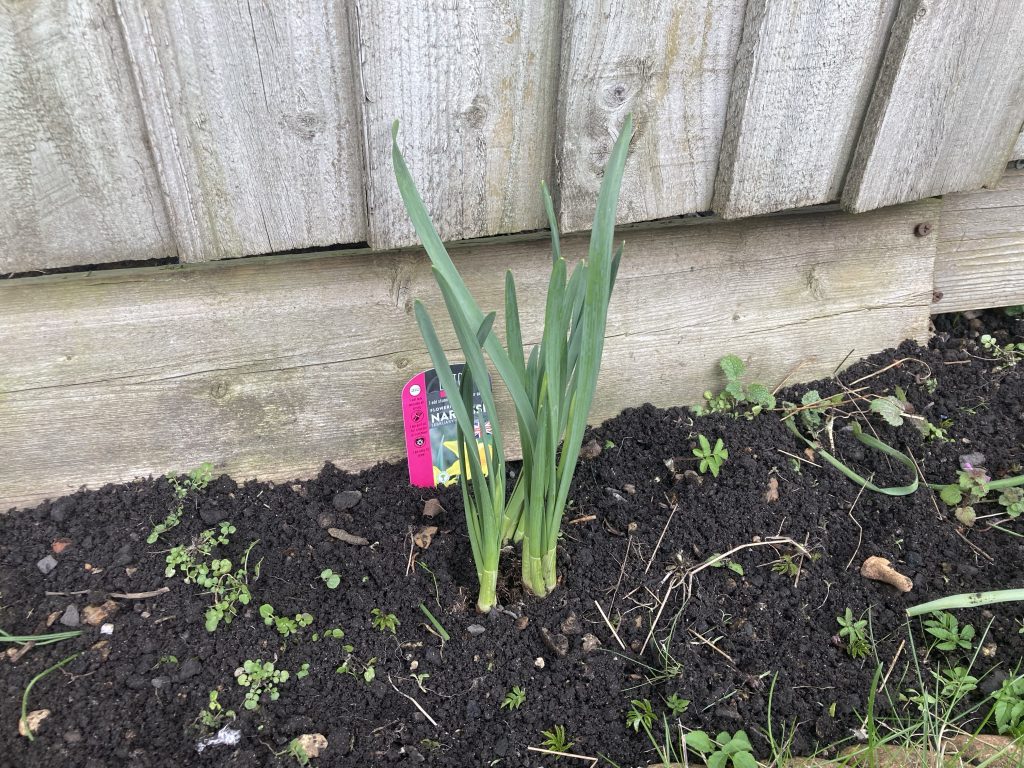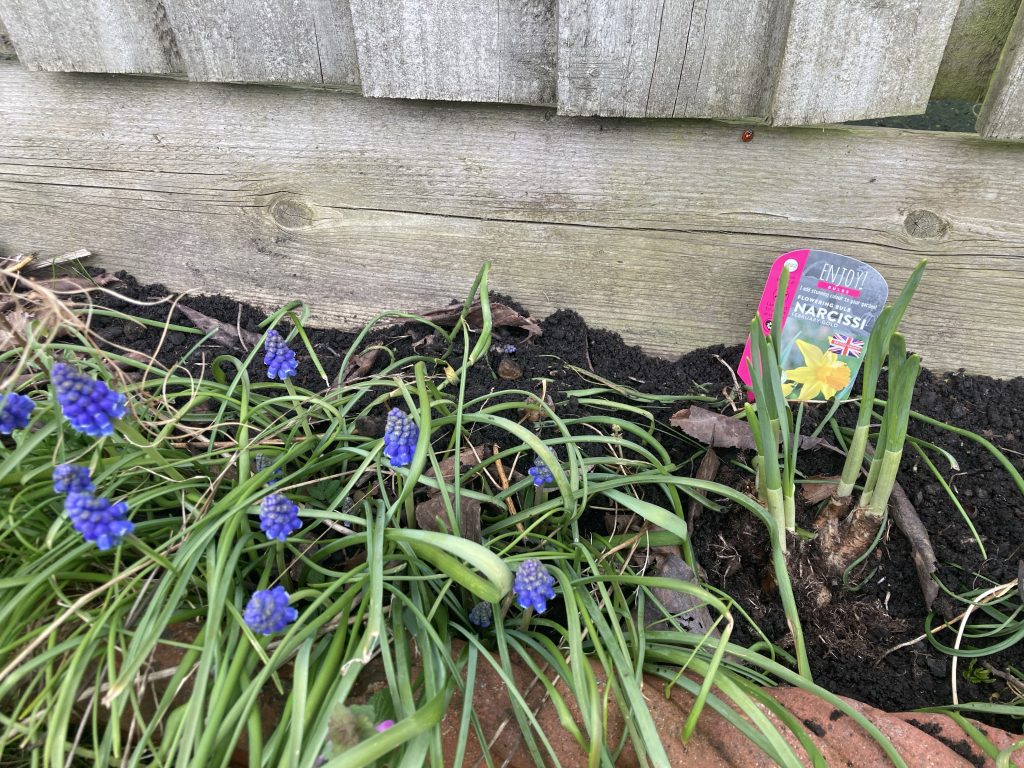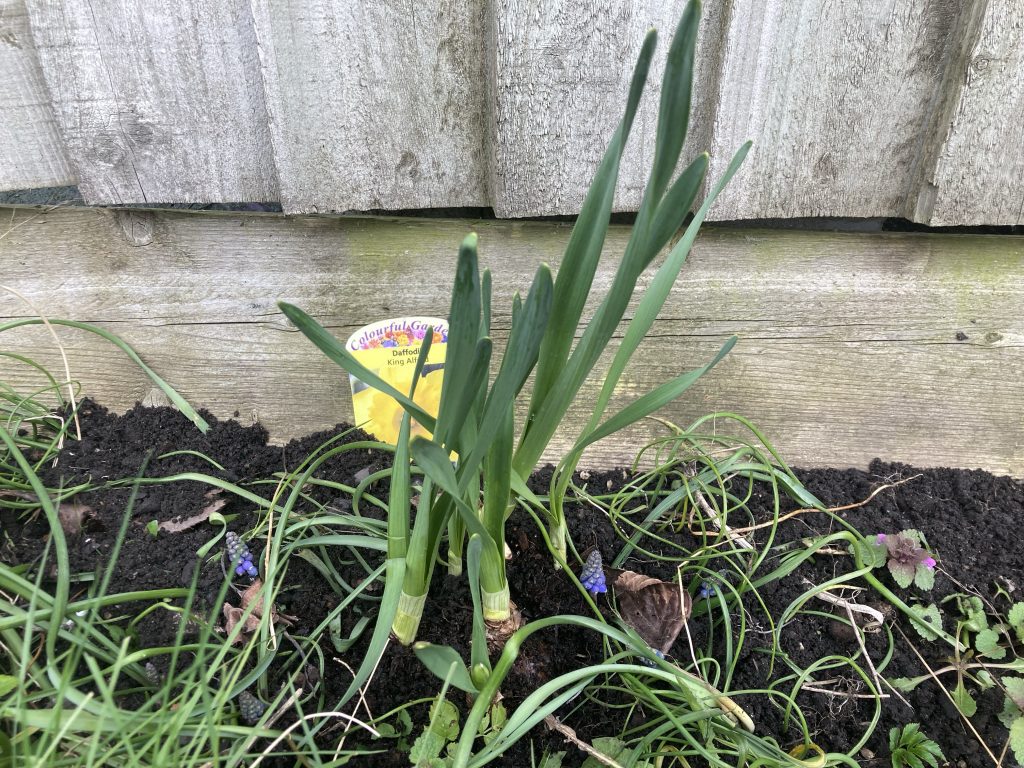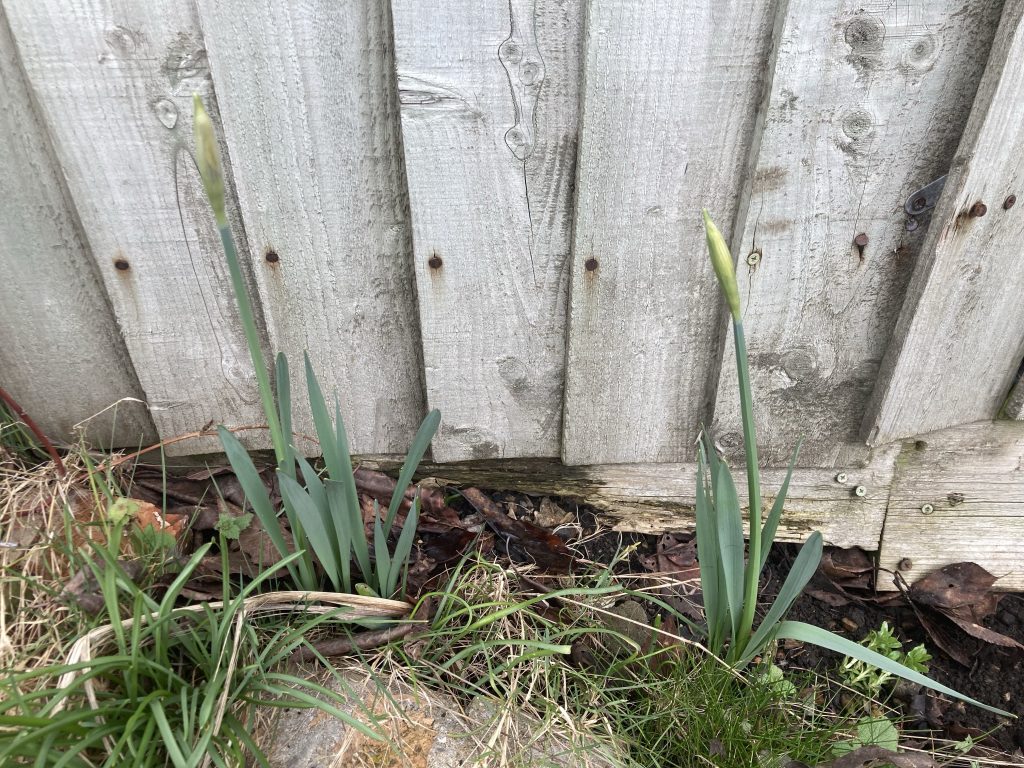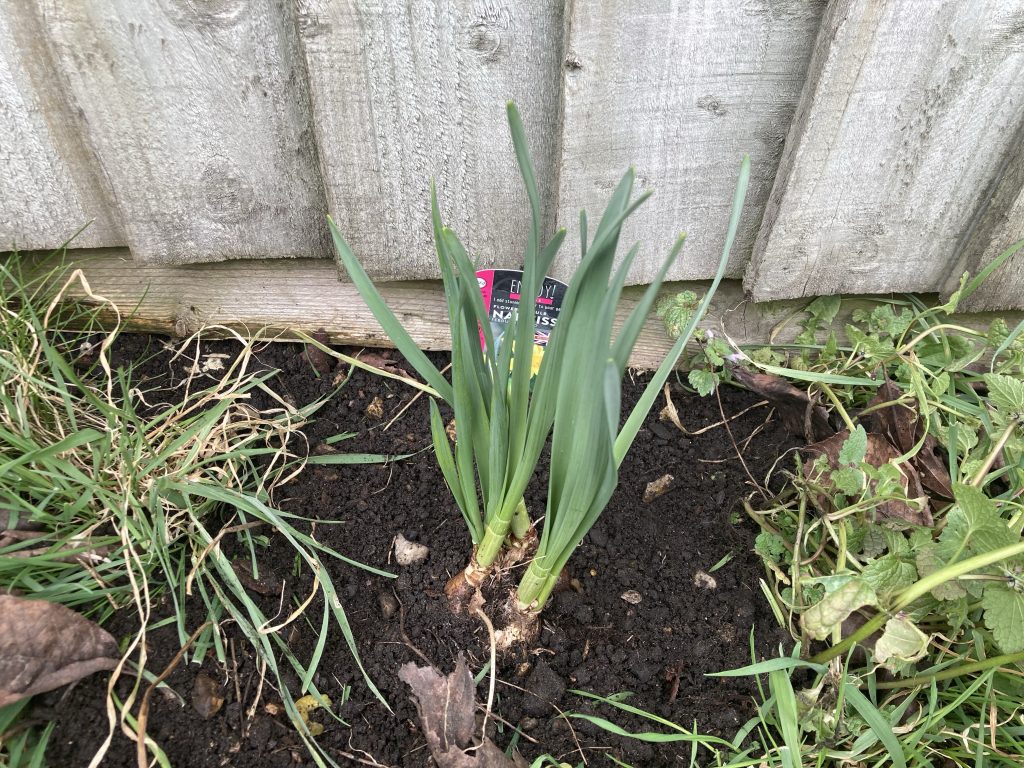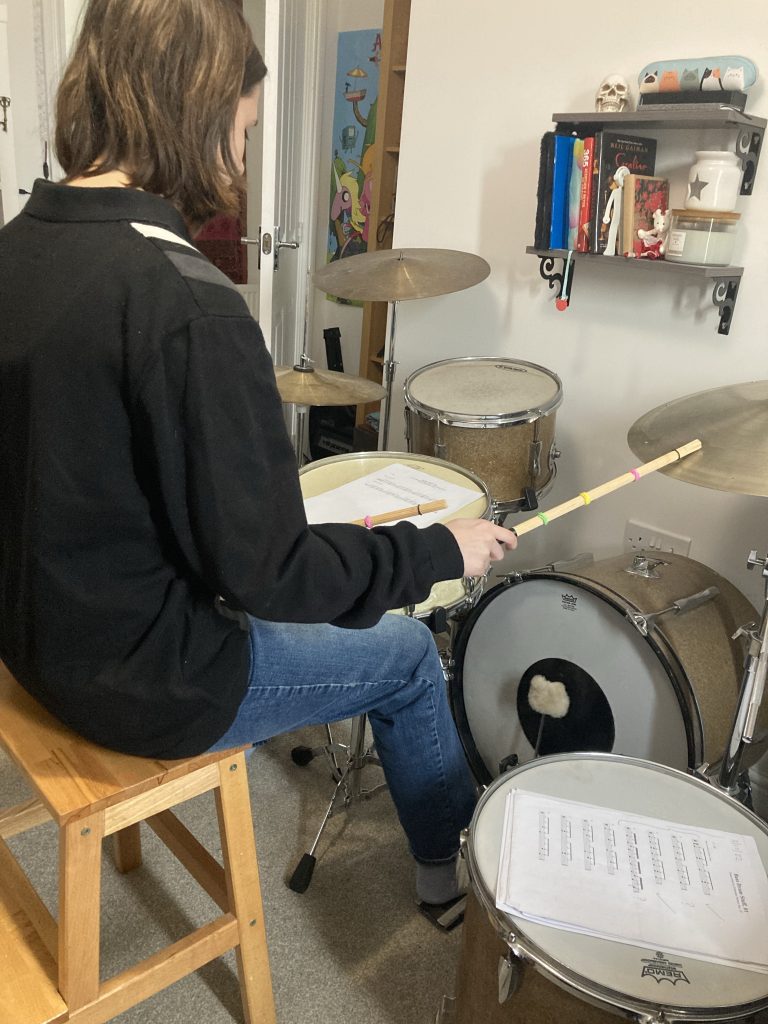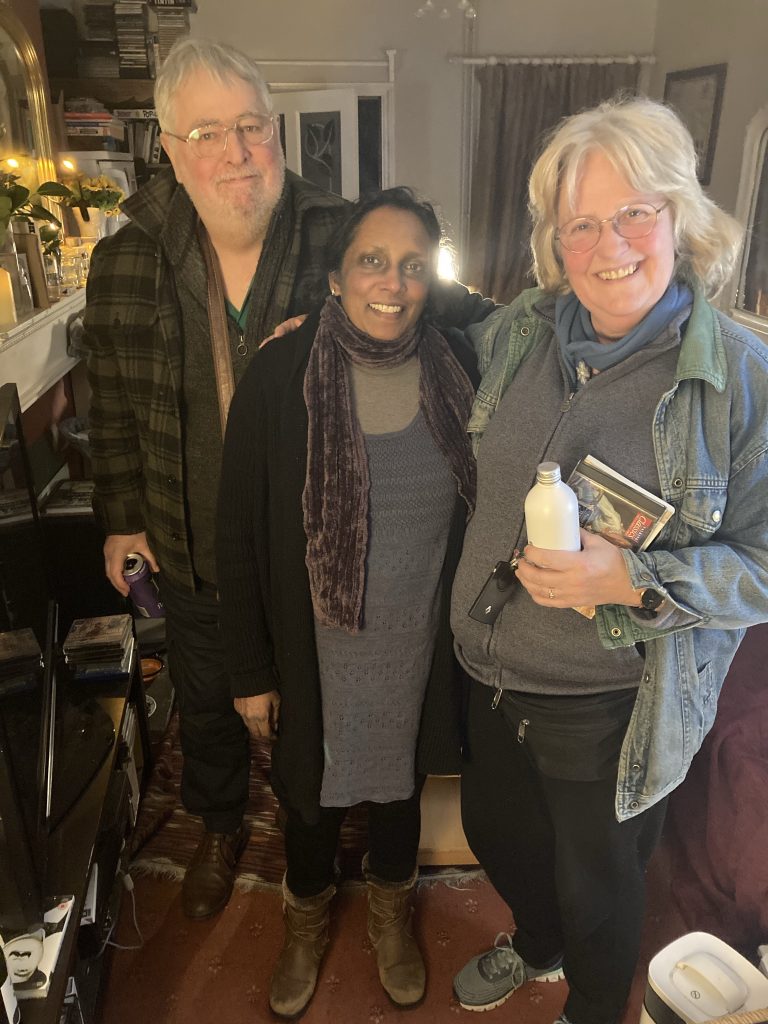
Ok, so I’ve spent all of today in bed.* In this day and age that’s like telling a C19th Mother Superior at the Convent you’ve just spent all day sucking Satan’s cock!
*so far…
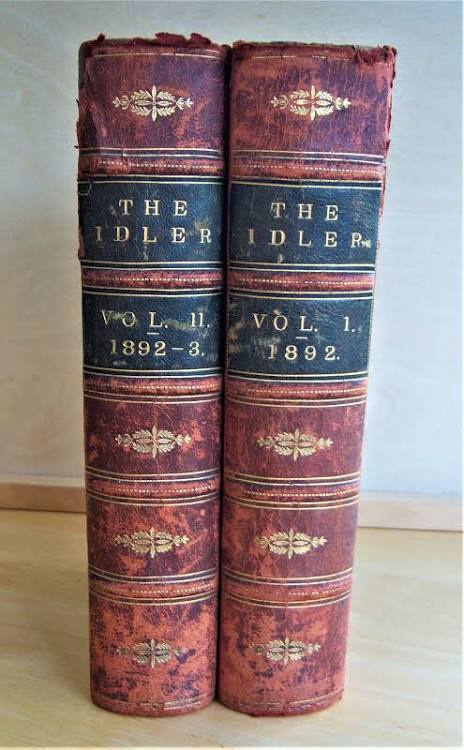
My feelings on this must in part explain my out of character subscription (lapsed; now that’s in character!) to The Idler. A magazine whose title is more exciting than most of its content.

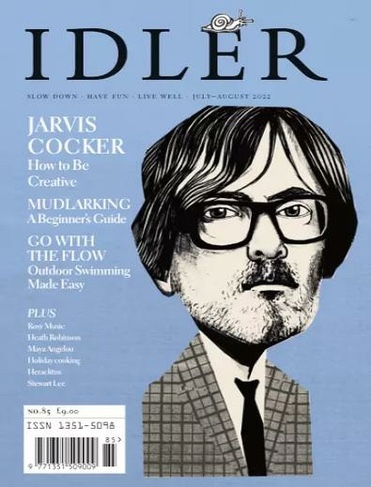
Anyway, I did actually do a few hours of horrid gruelling work. AKA trying to talk to people in the NHS system.
Now let me get this straight; I love the NHS. The fact it’s become a graveyard of impenetrable obsidian obelisks is entirely the fault of money-minded capitalists, be they Tory or even, alas, New Labour.
Off on one of my tanned-genitals, eh? Cannae be helped, Emma Freud.
But back on track: I estimate 3-4 hours of today was given over to fall-out from a letter, sent by the ‘proto-shrink’ (Clinical Nurse Specialist), who saw me in A&E at Peterborough hospital, on Monday.
Rather naively, as appears to be my way so often, I thought I was there for my own care. Reading the summary letter made me feel it was actually a Stasi fact-gathering exercise.
Depression can lead to paranoia. I know that. And maybe in part this is a case in point. But points are precisely my, er, point… here. And the notes the lady took during my venting confessional, which I’d imagined to be completely confidential, feel instead like exhibits A-Z of the prosecution!
What galls me most are two particular instances of miscommunication.
Once during the conversation she – Danielle Jenkins – ‘reiterated’ a point she thought I’d made, taking the polar opposite position to what I’d actually said. I corrected her ‘I thought you said… [the exact opposite of what I said!]’ statement during the interview. This is not mentioned in her summary.
Whilst by and large it’s a fairly complete rendering of the meeting, in which most of the mistakes (or just lack of clarity) are reasonably inconsequential, there is one particularly egregious error.
And so it is that she lists another thing she thinks I said, which once again is the absolute polar opposite of what I actually said. Once would be simply annoying. Twice points to crossed wires, Major Misunderstanding, etc.
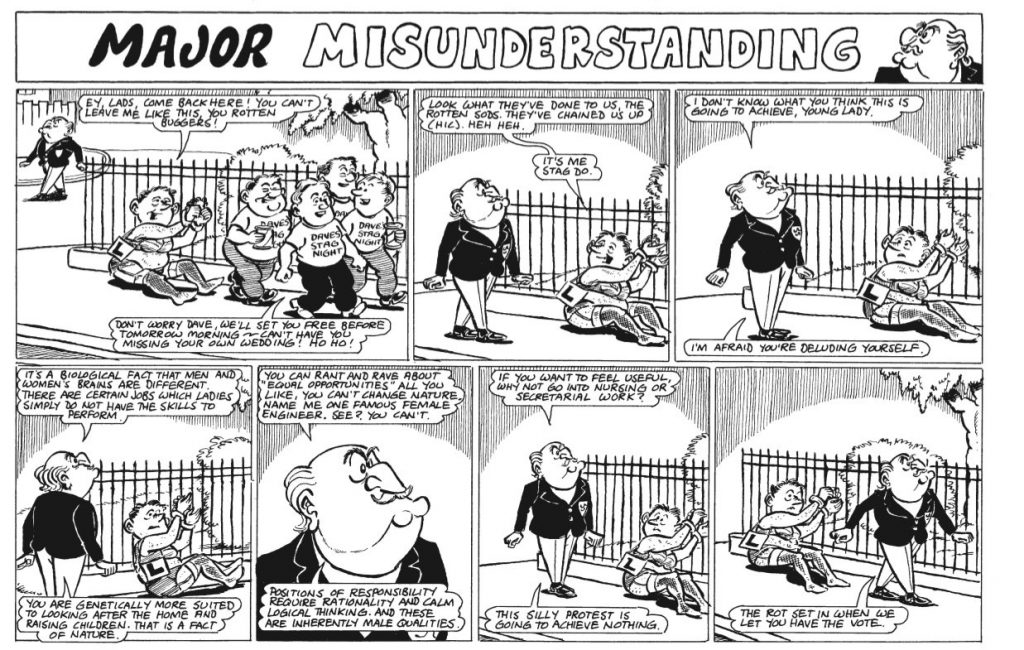
All of this leads me to conclude that I need to record such verbal transactions for my own records, and later ‘proof’ of what really transpired, if needed.
At this point I feel drawn towards another apparent (it’s actually very connected) deviation. There have been times – not at the moment thankfully – when ‘conversations’ with my father have actually really just found me listening to an open-valved high-pressure torrent of depressive effluence.
Dad thinks, or thought at the time (at least so he would profess) that we’d had a conversation. I sometimes got to the end of my tether, and would draw his attention to this. Only to be told my recall was obviously faulty. This has been a theme over my whole life. Differing recollections in which mine is always de facto wrong.
This has not been helpful to the development of trust, in either myself or others. Nor indeed, in plain ol’ mental fortitude. When doubting your own mind is drummed into you over a lifetime. It has a debilitating effect.
Anyway, I’m absolutely adamant that in times past I’ve sat through very depressing monologues from a very depressed dad, in in almost complete silence. Sonny hbsinged occasionally notice, and ask if I was still there!
And, rather tragically, I now sometimes find myself playing out similar routines, in certain scenarios, such as this recent interview at A&E. As much as I love and admire my father, there are also less appealing sides to him – we’re all only human, after all – which I don’t wish to copy.
POSTSCRIPT
Well, I ran out of steam on this post. Much earlier in the day. It’s now much later. I did get up, numerous times, to do stuff; go to the loo, eat/drink, etc. The real basics! But in essence today was a day of bed-bound R&R, rest and recuperation. And boy have I needed it.
After two very good nights sleep at my sister’s (the second un-planned, at her suggestion), I wound up using a single zopiclone tablet last night, as prescribed by Dr Joyce, earlier in the week. I was only prescribed the one, on account of the danger of my ‘misusing’ them, if I had more!
Fortunately my mood has lifted considerably over the day. And esp’ so since my darling wife came home, and both ministered to me, and gave me a kick right square up in my ass! She insisted I complete several minor chores before I could have dinner.
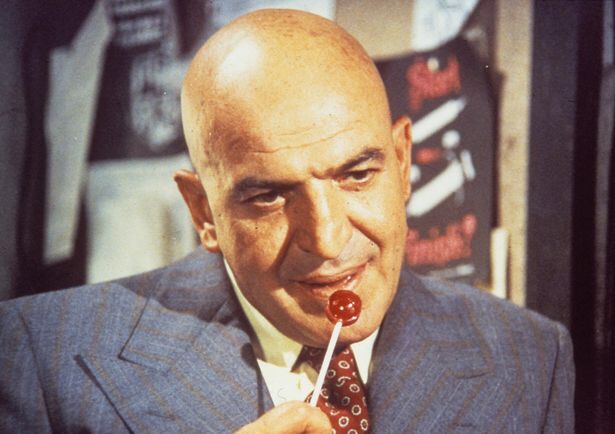
I doubt I’d be here now, if it weren’t for Teresa. Thank you, sweet-heart, for standing by me and being a rock, and a source of consolation and common sense. Who loves ya, baby!


